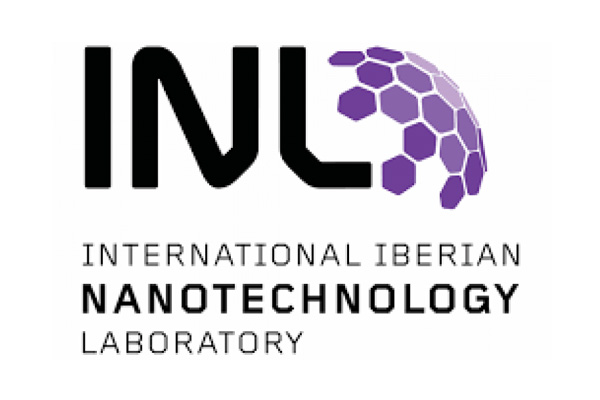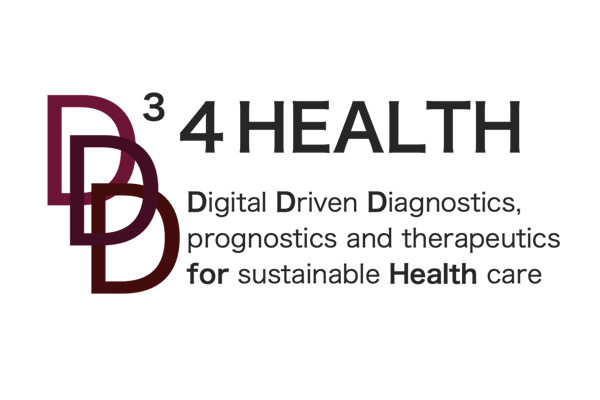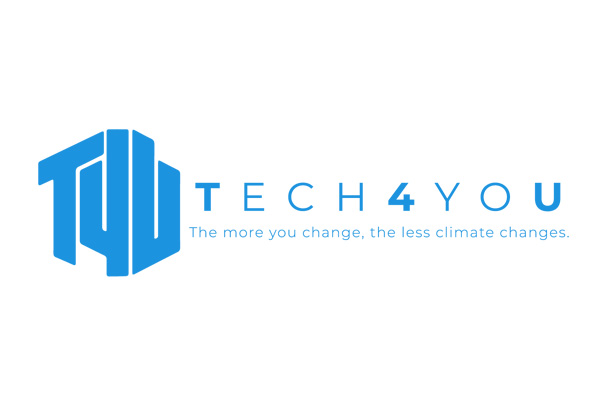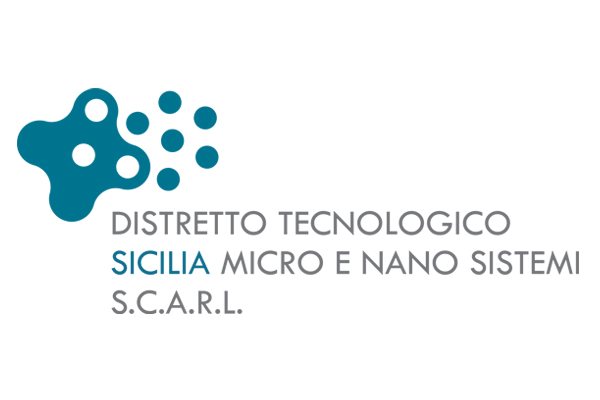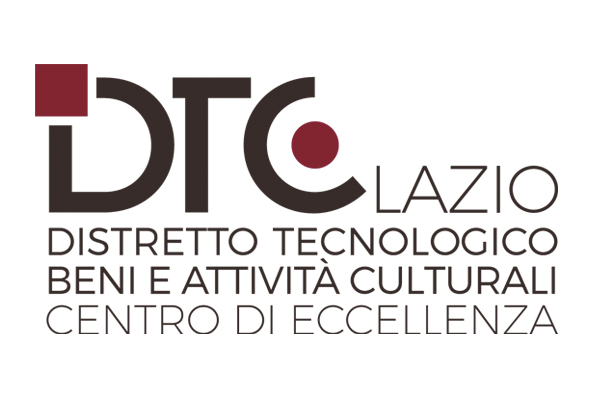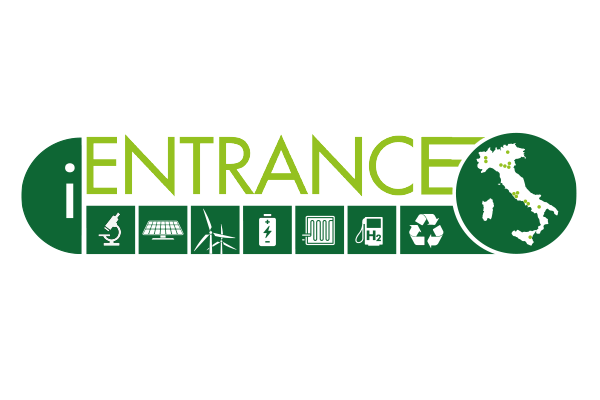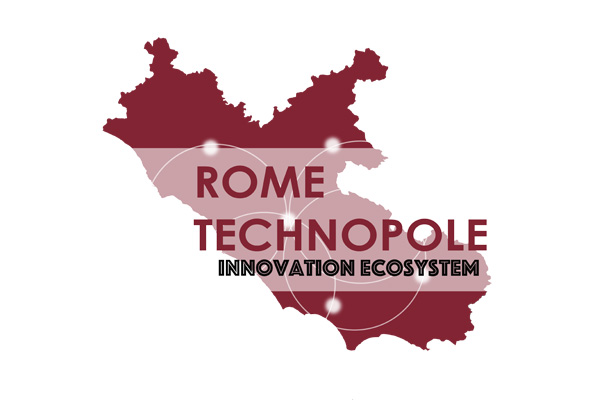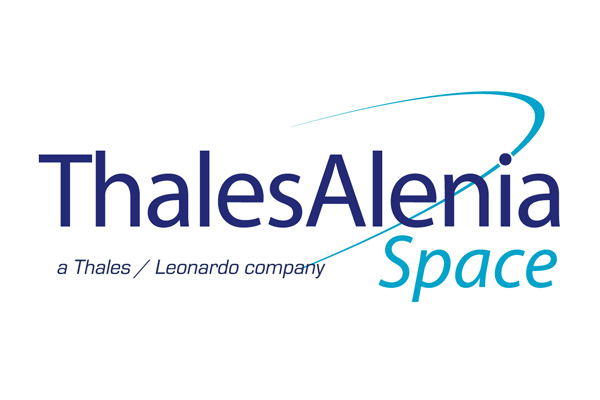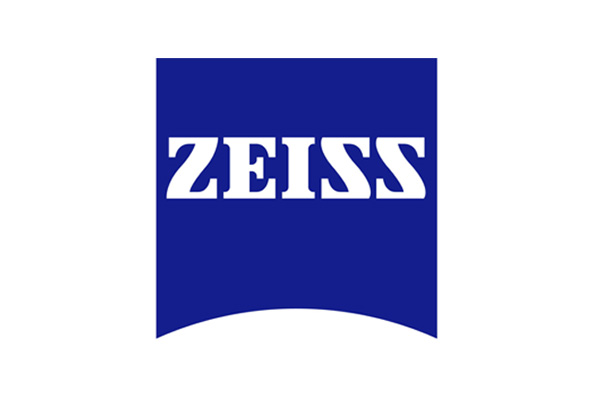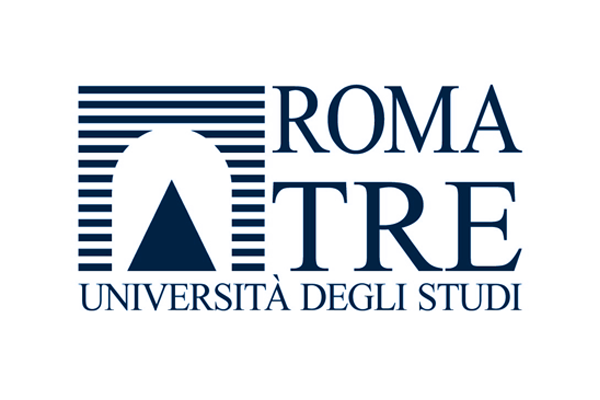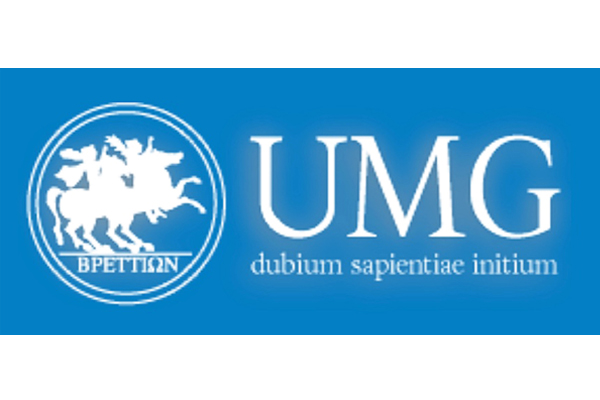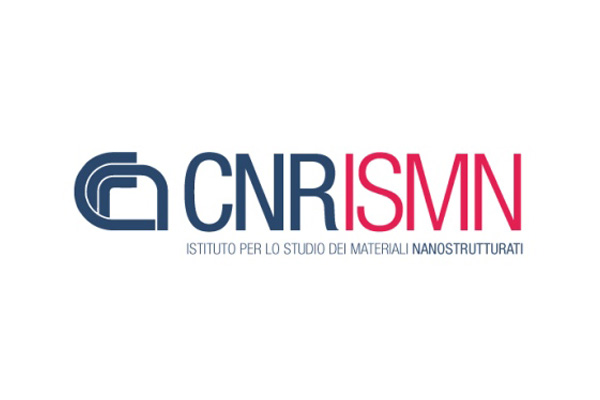| ROOM 15 | |||||
|
WS.X GREEN CHEMISTRY AND SUSTENABLE APPROACHES FOR INNOVATIVE MATERIALS September 11 |
|||||
| Co-organized with: | |||||
 |
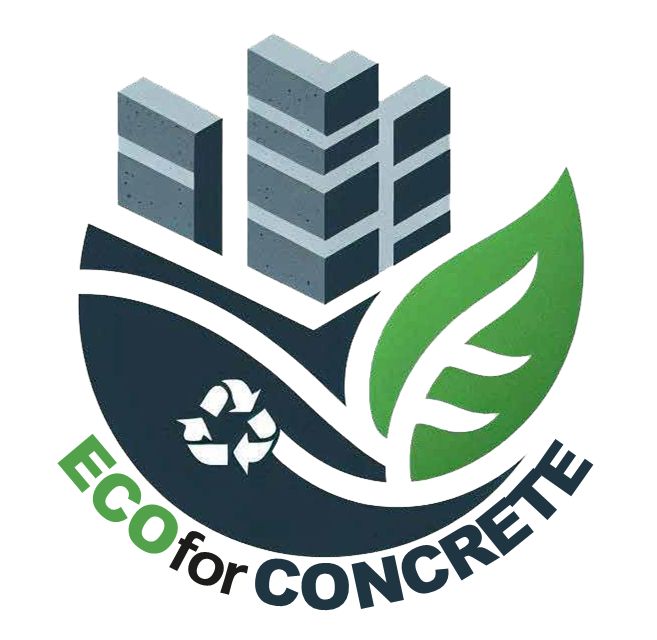 |
 |
|||
|
Green chemistry principles are increasingly being applied in the synthesis of nanomaterials to minimize environmental impact and enhance sustainability. The field of green nanomaterials production focuses on developing eco-friendly methods that use benign solvents, reduce energy consumption, and employ renewable resources. Traditional approaches to nanomaterial synthesis often involve toxic chemicals and generate hazardous by-products, posing significant environmental and health risks. Green chemistry aims to address these issues by leveraging techniques such as biogenic synthesis, which uses plant extracts, microorganisms, and other natural agents as reducing and capping agents. Additionally, processes such as mechanochemistry and the use of supercritical fluids offer pathways to produce nanomaterials with minimal environmental footprint. The implementation of green chemistry in nanomaterials production not only contributes to environmental protection but also enhances the functional properties of the nanomaterials, making them suitable for applications in medicine, electronics, and energy storage. This workshop highlights the importance of integrating green chemistry principles in the development of nanomaterials to achieve sustainable technological advancements. |
|||||
| September 11 | ||||||||
| 09:00 - 10:30 Green chemistry and sustainable approaches for innovative materials 1/2 WS.X.1 - TT.I.B |
||||||||
| Chair: Maria Laura SANTARELLI, Sapienza University of Rome | ||||||||
| WS.X.1.1 TT.I.B.1 |
WELCOME GREETINGS Maria Laura SANTARELLI - CV Sapienza University of Rome |
 |
||||||
| WS.X.1.2 TT.I.B.2 |
Erica SONAGLIA - CV Sapienza University of Rome Bacterial Nanocellulose from Kombucha By-Products: a Renewable Source for Green Hydrogels |
 |
||||||
| WS.X.1.3 TT.I.B.3 |
Emily SCHIFANO - CV Sapienza University of Rome Ozone-Loaded Bacterial Cellulose Hydrogel: A Sustainable Antimicrobial Solution for Stone Cleaning |
 |
||||||
| WS.X.1.4 TT.I.B.4 |
Gabriella DI CARLO - CV & Chiara FRATELLO - CV CNR - Institute for the Study of Nanostructured Materials Smart and eco-sustainable materials for the long-term and safe protection of concrete heritage within the ECOforCONCRETE project |
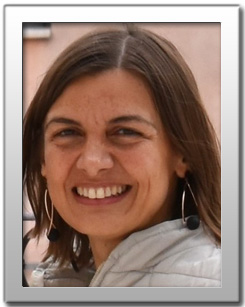 |
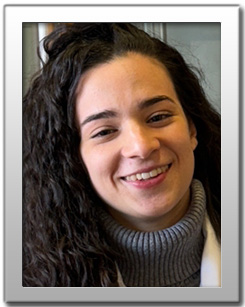 |
|||||
| 11:30 - 13:00 Green chemistry and sustainable approaches for innovative materials 2/2 WS.X.2 - TT.II.J |
||||||||
| Chair: Maria Laura SANTARELLI, Sapienza University of Rome | ||||||||
| WS.X.2.1 TT.II.J.1 |
Marcella IOELE - CV ICR – Istituto Centrale per il Restauro Eco-Friendly Nano-Materials for Consolidation of Works of Art. Icr Activities within the Changes Project |
 |
||||||
| WS.X.2.2 TT.II.J.2 |
Carolina RIGON - CV ICR – Istituto Centrale per il Restauro Exploring the consolidation properties of nanocellulose for cut and ripped paper restoring |
 |
||||||
| WS.X.2.3 TT.II.J.3 |
Luca TORTORA - CV University of Roma Tre Nanomaterials Based on Metal Oxides for Environmental and Cultural Heritage Protection |
 |
||||||
| WS.X.2.4 TT.II.J.4 |
Francesca BOCCACCINI - CV CNR - Institute for the Study of Nanostructured Materials Development of green protective coatings for the conservation of silver artworks |
 |
||||||
| Back to Overview | Go to Plan 11 September | ||


